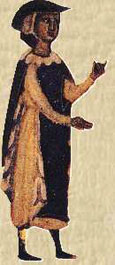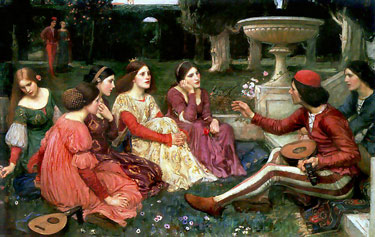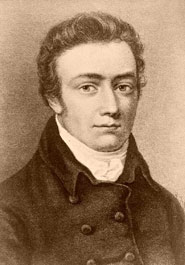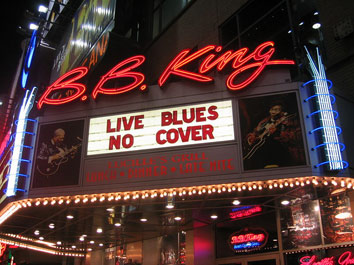
Steeped in Western culture.
Whether in traditional or lyrical form, the ballad has been omnipresent in Western culture for the past millennium. It has informed and presented tales to listeners and readers throughout the Western world with themes of religion, love, tragedy, and political propaganda. Its rhythmic, alternating 4-3-4-3 line beat per quatrain stanza presents one of literature’s most natural and musical tension-then-release cadences. Verse writers, storytellers, and musicians all instinctively know this most basic, essential form – as do millions of readers and listeners.

Medieval roots.
The ballad evolved and grew from several medieval roots, most notably Provencal folk music. The form had been known orally for centuries prior, with storytellers using the line breaks and rhythm to enrapture their audiences as they passed along tales and histories – many of them important to survival. Troubadour poets developed the cadence we know today, and then spread the sweet, lilting features of the ballade to Spain, post-Norman England, and Italy. Spanish court poets immediately seized on the form, producing beautiful works through the latter Middle Ages. Italians, particularly Tuscan song-poets, created a shorter version, the ballata.

The Renaissance ballata.
The ballata was a favorite form during the Renaissance, joining other lyrical expressions such as rispetto, madrigal, canzone, and the sonnet. Dante Alighieri, Guido Cavalcanti, and Giovanni Boccaccio found the ballata to be an even sweeter means to convey the love and passion that filled many of their works. Interestingly, the ballata flipped the envoi (the final lines), using it not as a tail-piece (like most English-language ballads), but as an introduction. While Dante wrote beautiful ballate, Boccaccio immortalized the form by having a storyteller sing a ballata in each of the ten main days (chapters) of The Decameron, as evidenced by a song imbedded in the eighth story of the ninth day:
A girl am I and gladly do rejoice
in the new season of the year,
Thanks be to Love and to my happy thoughts.Through the green meadows do I go
to see the yellow flowers and the white and red,
the roses on their thorns and the white-flowers-deluce;
and I go likening them to the face of him
who loving me hath captured me,
even as she that doth desire
naught else save her delight.
By the 15th century, Geoffrey Chaucer began to fine-tune the structure of the ballata to create the modern ballad. Within a century, ballad broadsides written by so-called "pot poets," and shunned by artists who favored the more formal sonnet, spread across the English countryside and into the popular culture. In fact, the effectiveness of these broadsides (single sheets of paper upon which poetry was printed) inspired the pamphleteers who, two centuries later, helped America win its revolution against England.

A writer’s sport.
The ballad maintained a strong presence in England for three centuries. When the Romantic poets came along, they found a perfect form for their lilting verbal melodies, and turned the ballad into a writer’s sport. Lord Byron, John Keats, Percy Bysshe Shelley, Robert Southey, and other Romanticists wrote numerous ballads, but it was the succeeding generation that immortalized the form. Samuel Taylor Coleridge’s "Rime of the Ancient Mariner" is perhaps the most famous poetic ballad, while William Wordsworth and Thomas Percy also wrote extensively with the ballad form. With the arrival of the 20th century, William Butler Yeats became the foremost ballad writer in English poetry.

From words to music.
As the century progressed, English folk and American blues musicians found the ballad structure ideal for songs of the heart. They initiated a movement that eventually swept through country and rock music, making the ballad as popular in America and England now as it was six hundred years ago – only through music, not the spoken word.
